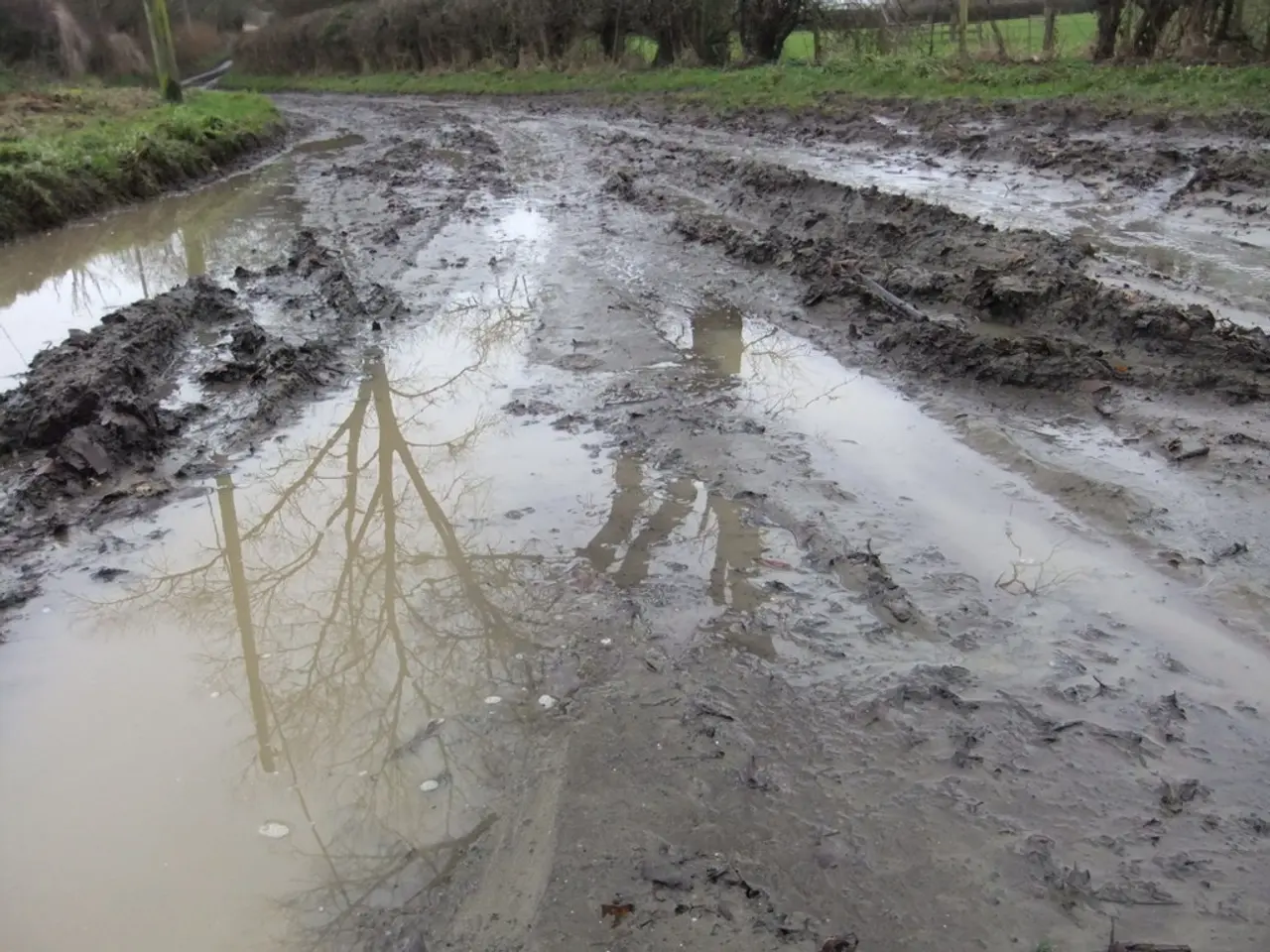Assessing the Moisture Level in Bonsai Soil: Methods and Hydration Evaluation
In the world of bonsai cultivation, understanding the hydration levels of your tree is crucial for its health and growth. Here's a guide on how to create a tailored watering schedule for your bonsai, using a combination of visual cues and moisture meters.
Visual Cues
- To assess the soil moisture, gently push your finger about an inch below the surface. Water only when the soil feels dry at that depth.
- Watch out for signs of distress, such as yellowing foliage or shriveled leaves, which may indicate over- or underwatering.
- Consider the tree's stage. Young, actively growing bonsais need more water, while dormant or defoliated trees use less.
- Adjust watering based on the density of the canopy and the season. For instance, during the growing season, bonsais with dense foliage require more frequent watering than during defoliation phases when water needs decline.
Using Moisture Meters
- Insert the meter probe into the soil near the roots to determine moisture content.
- Water the bonsai when the meter reads that the soil is dry or at a threshold suitable for that species.
- Moisture meters provide a reliable, non-visual indication of when watering is needed, especially useful for bonsais in small pots that dry out quickly.
Additional Practical Tips
- Water thoroughly, preferably by soaking the bonsai so water drains out the bottom; keep it submerged until air bubbles stop rising to ensure deep watering.
- The frequency of watering depends on factors like tree size, pot size, season, and environmental conditions. Daily checks are recommended especially during active growth periods or hot months.
- Avoid overwatering by ensuring good drainage and monitoring root health as soggy soil can cause root rot and kill the tree.
In summary, combining tactile and visual inspections of soil moisture with readings from moisture meters allows you to create a flexible watering schedule tailored to the bonsai’s specific needs and environment. Regular monitoring and adjustment based on these cues ensure precise and healthy bonsai watering.
When sharing a moisture meter among multiple bonsai trees, remember to consider the trees' varying soil compositions, sizes, and species, as these factors can affect meter accuracy.
- Besides bonsai cultivation, one can also delve into various other lifestyle areas such as fashion-and-beauty, food-and-drink, home-and-garden, relationships, pets, travel, cars, education-and-self-development, and shopping.
- In fashion-and-beauty, understanding one's skin type is crucial for selecting appropriate products and maintaining a healthy appearance.
- For food-and-drink, knowing the right balance of nutrition is essential to ensure a balanced diet and overall well-being.
- When nurturing a home-and-garden, monitoring soil moisture, like with bonsai, is crucial to keep plants healthy and thriving.
- In sports, hydration plays a vital role in maintaining peak performance and preventing heat-related issues.
- In predicting weather patterns, taking both visual cues, such as cloud formation, and digital readings, like from weather stations, can help ensure accurate forecasts and proper preparation.




